Isolated Tribes: The Uncontacted Peoples Of The World That You Probably Don’t Know About
Hidden in the deepest and darkest pockets of the Earth exists a population of people who continue to remain isolated, refraining from contact with the outside world. They resist modernity and change while still embracing and staying true to their older way of life. Scattered around the world, most of these tribes live in South America’s dense Amazon region, or Africa.
These tribes are all vulnerable to the impending threat of technology, industrialization, and the contemporary ideas, philosophies, and beliefs stemming from society.
Sentinelese People Of North Sentinel Island
As direct descendants of Africa’s earliest humans, the Sentinelese are the remnants of a 60,000-year-old tribe. Residing on North Sentinel Island in Bengal Bay, they are also considered to be the most isolated people on the planet.
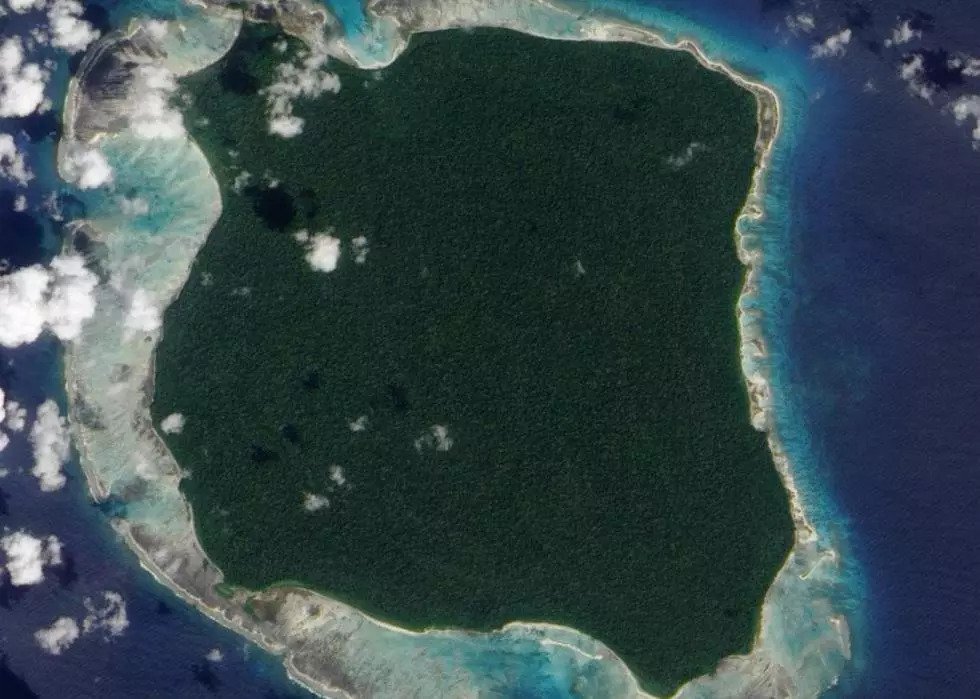
Source: Jesse Allen/NASA Earth Observatory/Wikimedia Commons
In the late 1800s, a British Royal Navy explorer kidnapped the tribespeople. They were subjected to horrible experimentation and disease which wiped out their population. Not much is known about the Sentinelese people, except that they remain hostile to visitors. Therefore, any outside contact is forbidden.
Jarawa People Of The Andamanese Islands
Belonging to the Andamanese Islands, North Sentinel is also home to the Jarawa, another ancient tribe. They have resided on the island for 55,000 years. Unfortunately, they haven’t been as successful in remaining untouched by modernity as their Sentinelese neighbors ( some small groups of the 400 remaining nomadic tribes have resisted contact).
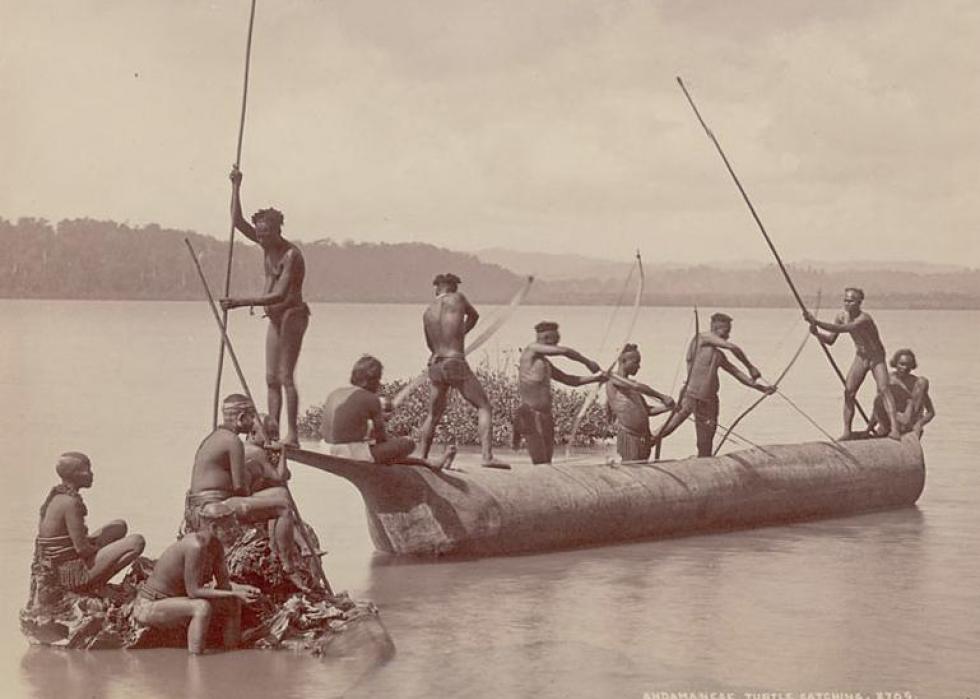
Source: Colin Murray/Bourne and Shepherd / Wikimedia Commons
In 2002, India’s Supreme Court stopped construction. They wanted to build part of a highway through the peaceful land of the Jarawa people, which poachers and drug dealers still interrupt. Sadly, there’s also a rise of “human safari” tourists hoping to see the prehistoric hunter-gatherers in their most natural and primitive state.
Awa Of The Amazon
The Awa has become among the most vulnerable uncontacted tribes in the world due to illegal logging, deforestation, and other outside interference. Straddling the Peru and Brazil border, the Amazon rainforest has been home to the Awa for millennia. However, only about 60 to 80 of the estimated 600 left continue to fulfill their nomadic, uncontacted existences.
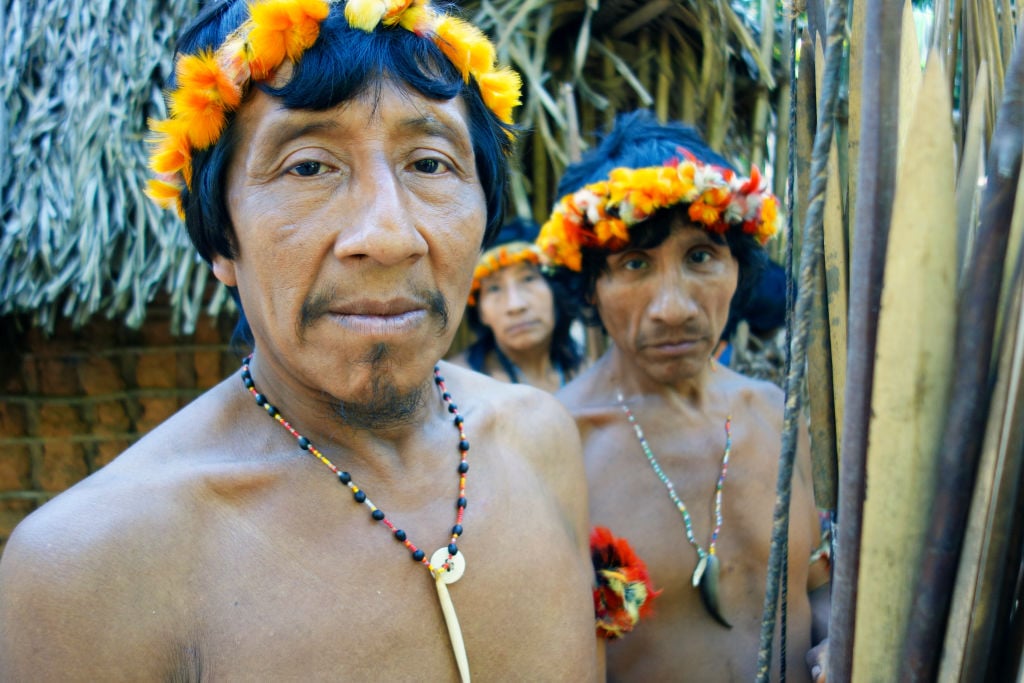
Source: Scott Wallace/Getty Images
While they primarily depend on the fruits of the land, the rest of the Awa people live isolated in protected jungle villages.
Lacandon Of Mexico
In the deepest depths of southern Mexico and northern Guatemala lies the Lacandon people of the Lacandon Rainforest. Some of their members still live uncontacted and isolated in the vastness of the forest.
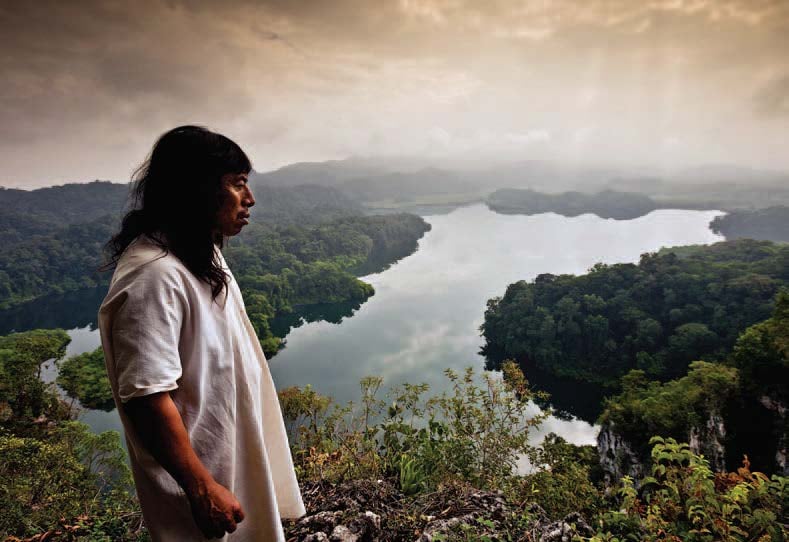
Source: Pueblos Magicos
Today, the Lacandon exists in numbers less than 1,000. They are descendants of the Maya people who fled to the interior of the jungle in the wake of the Spanish conquest. The Lacandon people can be recognized by their long hair, white gowns, and specific dialect of the Yucatec Mayan language.
Yuqui Of Bolivia
Originally contacted by the Spanish in the mid-16th century, the Yuqui of Bolivia were then subsequently isolated from modern society for over 400 years until the 1960s. At the time, they were thought to belong to Siriono, a much bigger group. But, the Yuqui’s unique language, also known as Yuqui, made them want to become a separate tribe.

Source: LiadePaula/MinC / Flickr
At one time, they were spread over much of the Bolivian Lowlands, which is estimated to only have a population of 130 people now. Despite these known numbers, there are likely some uncontacted members that haven’t been counted.
Wajãpi Of Brazil And French Guiana
Given to a group of indigenous people, Wajãpi is the name of the members who speak the Tupi language. Although, the Wajãpi in French Guiana has a slightly different dialectic language. The members of this tribe dwell in a geographical area that straddles the border between Brazil and French Guiana and are scattered among smaller groups known as “kin.”
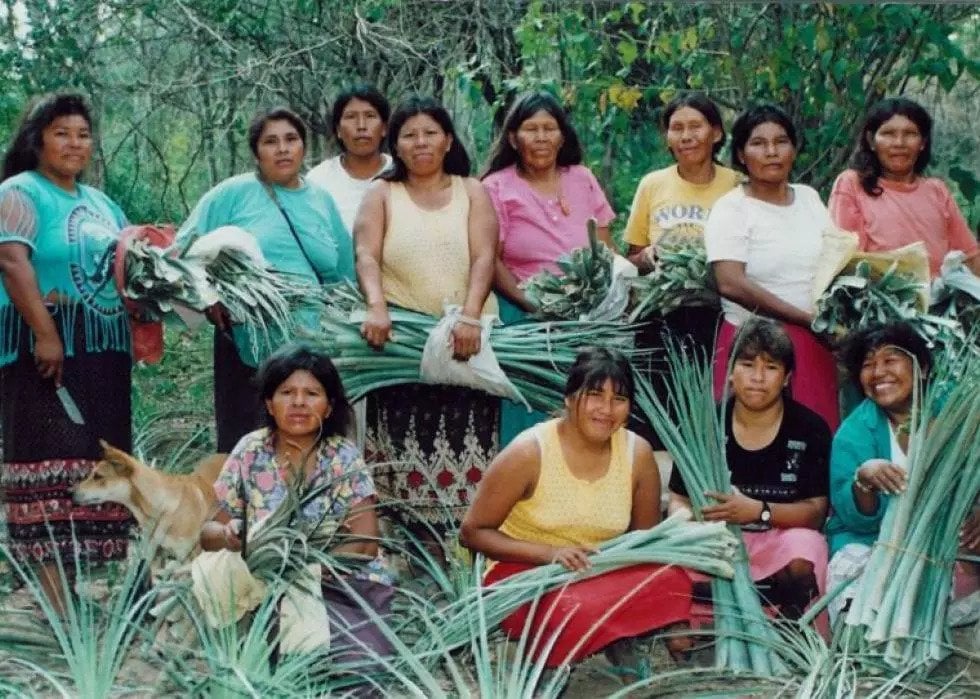
Source: David Lazarus Wikimedia Commons
Depending on which side of the straddled border they reside, the Wajãpi have been in some contact with others outside of their region.
Ayoreo Of Paraguay
The Paraguayan Chaco region boasts some of the most pristine and stunning wilderness and has been the precious home of the Ayoreo people. Steadily, it’s been suffering at the hands of deforestation at the fastest rate on Earth.
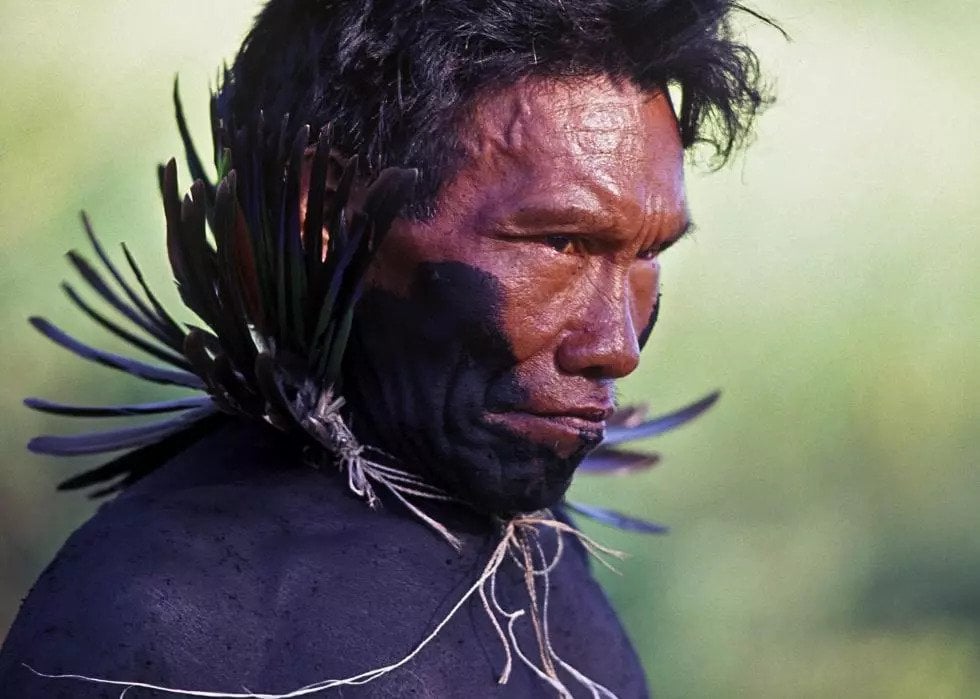
Source: Fotografías Nuevas / Flickr
Since the first Mennonite farmers established colonies in the 1940s and 1950s, the Ayoreo people have been contacted. However, some remain isolated and uncontacted. Due to foreign ranching companies purchasing their land to clear it for cattle, the Ayoreo’s hiding places continue to dwindle.
Totobiegosode Of Paraguay
As a clear offshoot of the Ayoreo, the Totobiegosode (meaning “people from the place of the wild pigs”) people are even more removed from modern society. Primarily, the remaining survivors are constantly escaping from bulldozers and aggressive cattle ranchers.
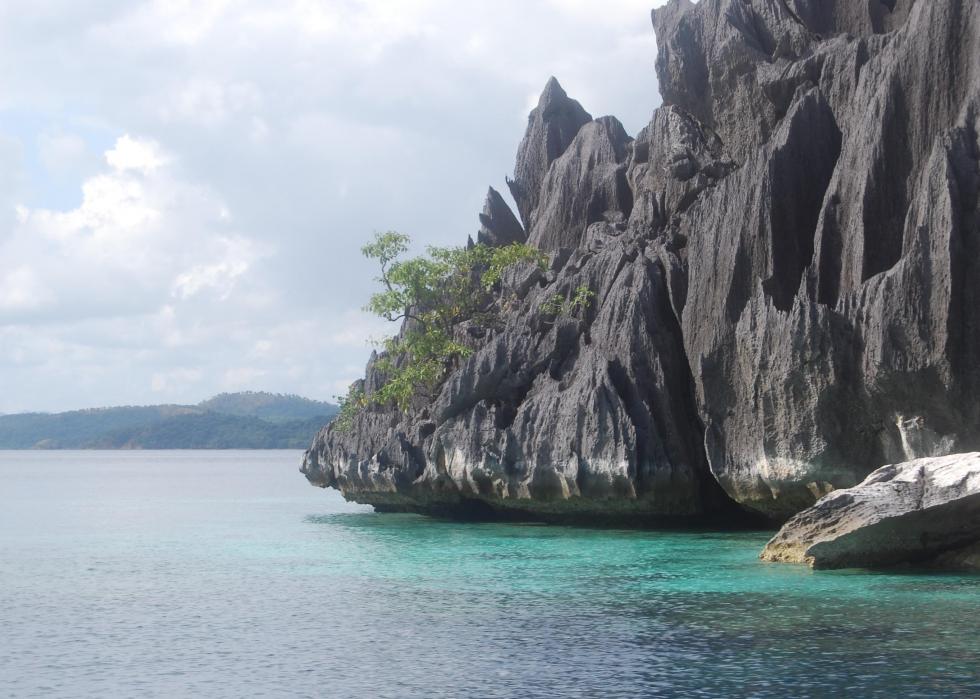
Source: Jdcgumpal/ Wikimedia Commons
Some, however, have been able to retain a nomadic way of life, avoiding any contact with the outside world. Efforts to modernize or eradicate the Totobiegosode have forcibly caused a big group of them to retreat from the forest.
Palawan Island Tribes Of The Philippines
In the southern part of the Philippines’ Palawan Island resides around 40,000 indigenous people. Due to devastating mining encroachment and the thousands of settlers that the industry has brought in, some Palawan Island tribes are primarily uncontacted because of how deep they live on the island.
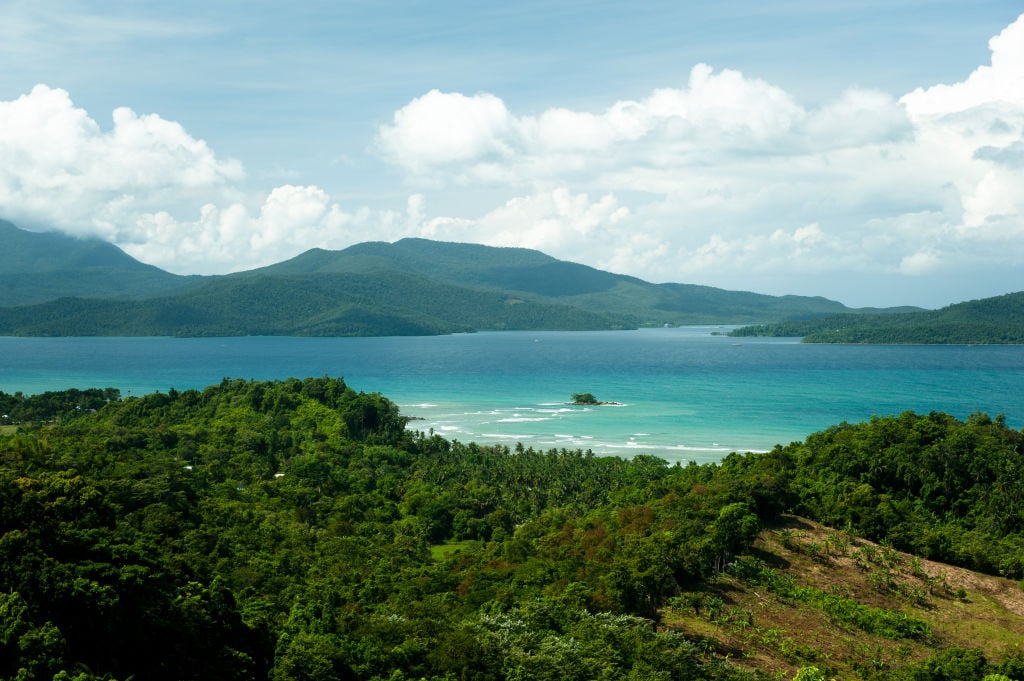
Source: Ania Blazejewska / Contributor via Getty Images
Tau’t Bato, known as the “People of the Rock,” is one of the last discovered tribes. Reportedly, they live in the caves of an extinct volcano’s crater in Mt. Mantalingahan, Palawan Island’s highest peak.
Yuri/Carabayo Of Colombia
Cristóbal von Rothkirch of the Colombian National Parks Unit and Amazon Conservation Team took important photographs in 2012. These photographs proved uncontacted people’s existence that lives in the secluded rainforest located on the border of Colombia and Brazil. For the past 400 years, the Carabayo people have endured violent attacks from slave traders and rubber extractors.
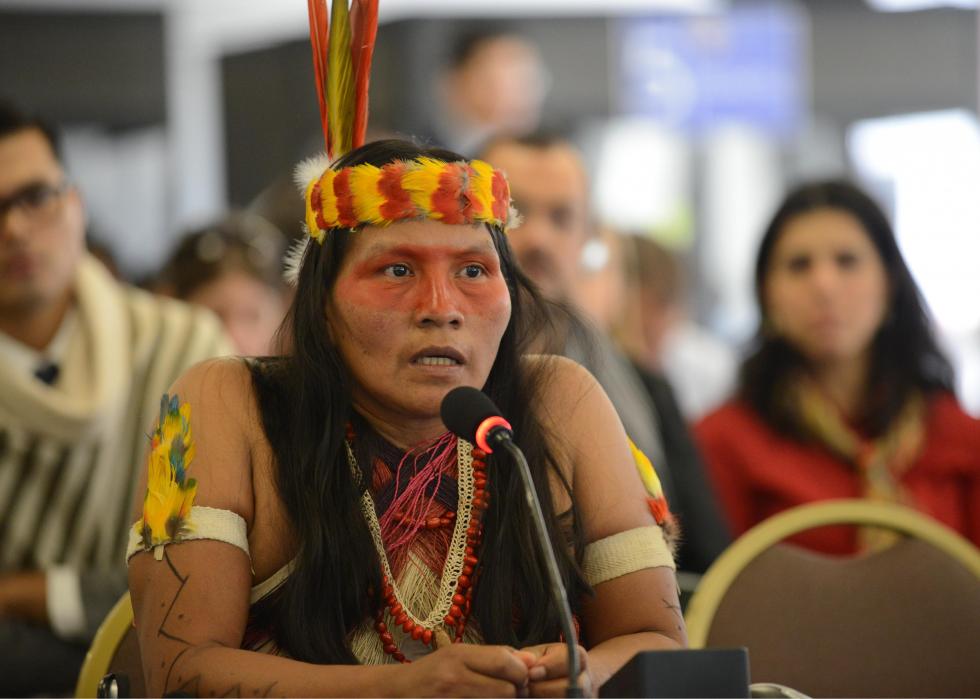
Source: Daniel Cima/ Wikimedia Commons
Five longhouses known as “malokas” (built by both the Carabayo and Yuri tribes) were documented by the photographer. These traditional structures exist in the profound depths of the Rio Puré National Park.
The Taromenane Of Ecuador
Even by the standards of uncontacted Amazonian tribes, these Ecuadorian people called the Taromenane, live in a desolate portion of the jungle. This isolation means there are no abundant rivers that could make fishing, hunting, and gathering convenient.
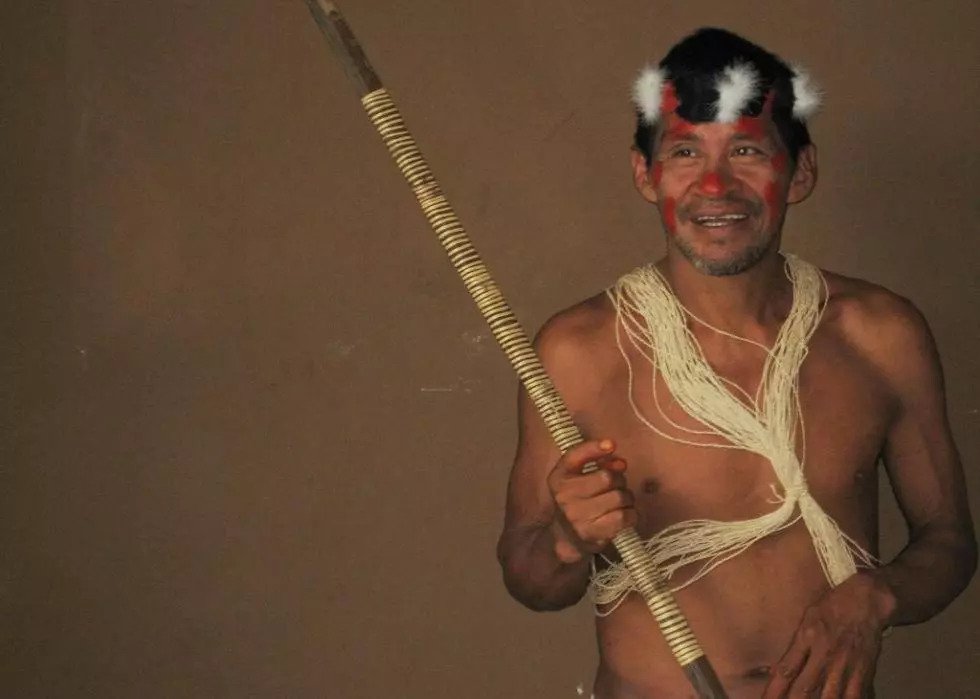
Source: kate fisher/ Wikimedia Commons
Unlike most uncontacted people, the surviving Taromenane have never existed in large groups – they are not a miniscule remainder of what used to be a much bigger tribe. The Taromenane are a strikingly close representation of how the group has existed for centuries. Furthermore, their language group is quite unique from any of the other tribal languages.
The Huaorani Of Ecuador
In the dense jungles of Ecuadorian Amazonia, it’s believed that around 200 uncontacted people still exist. While some are Taromenane, the others are from a rival tribe – one which the Taromenane continually engages in (at times) violent conflicts to this day. They are called the Huaorani.
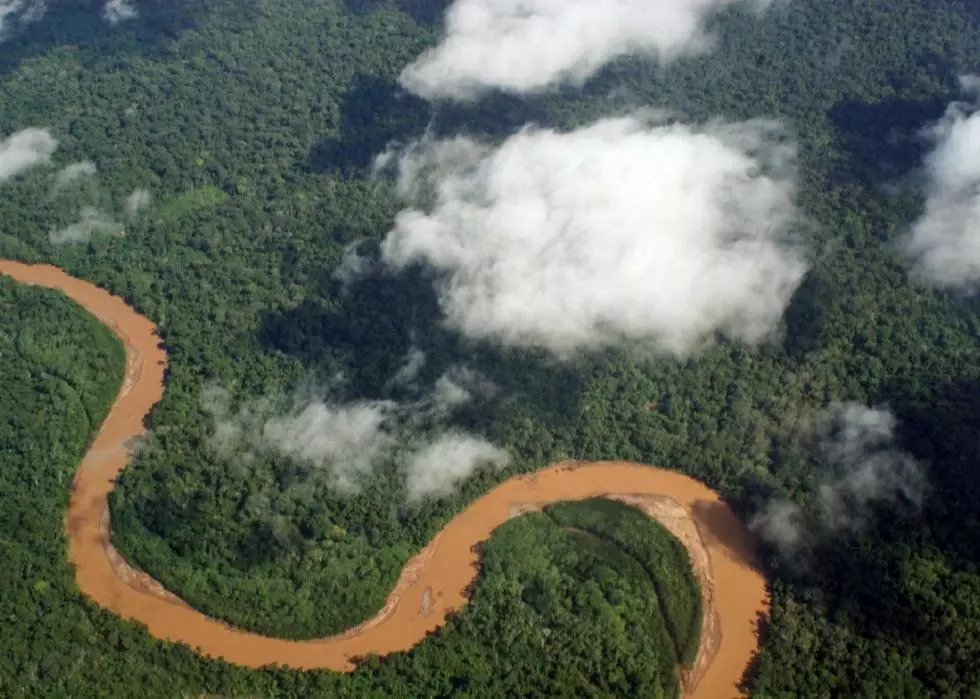
Source: Jonathan Lewis/ Wikimedia Commons
Some of them have had contact with the outside world which led to bragging about the horrific massacre of Taromenane on national television. Aside from these select few, others mostly remain in complete isolation.
The Tacana (Toromonas) Of Bolivia
Reports surfaced in 2016 that Bolivia’s national oil company purposefully concealed evidence that its prospectors had come in contact with previously uncontacted people near the Peruvian border. The people of the Tacana (sometimes called Toromonas) tribe were who they likely encountered.
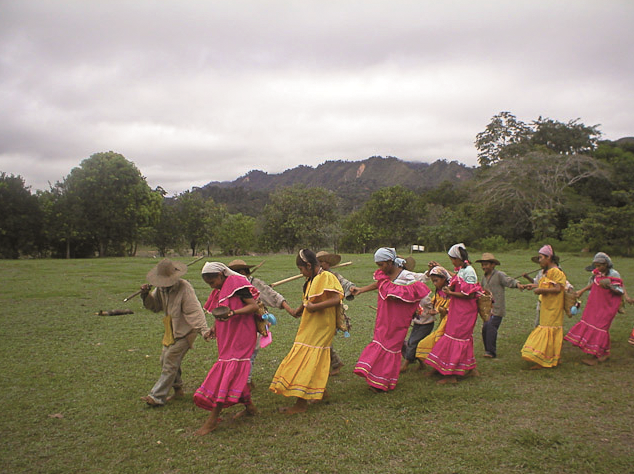
Source: Eleanor Briggs/ Wildlife Conservation Society
While they were exploring the jungle’s remote interior, the prospectors discovered footprints, and empty tortoise shells, and heard shouting in the forest. Later on, they even experienced indigenous people congregating around their camp. Allegedly, the oil company covered up these events since the finding of uncontacted people would have halted their oil work.
Piripkura Of Brazil
This remote and isolated tribe, known to their settled indigenous neighbors as Piripkura, or “butterfly people,” have made their existence known to anthropologists. They were given the name “butterfly people” because of their frequent flight through the forest.
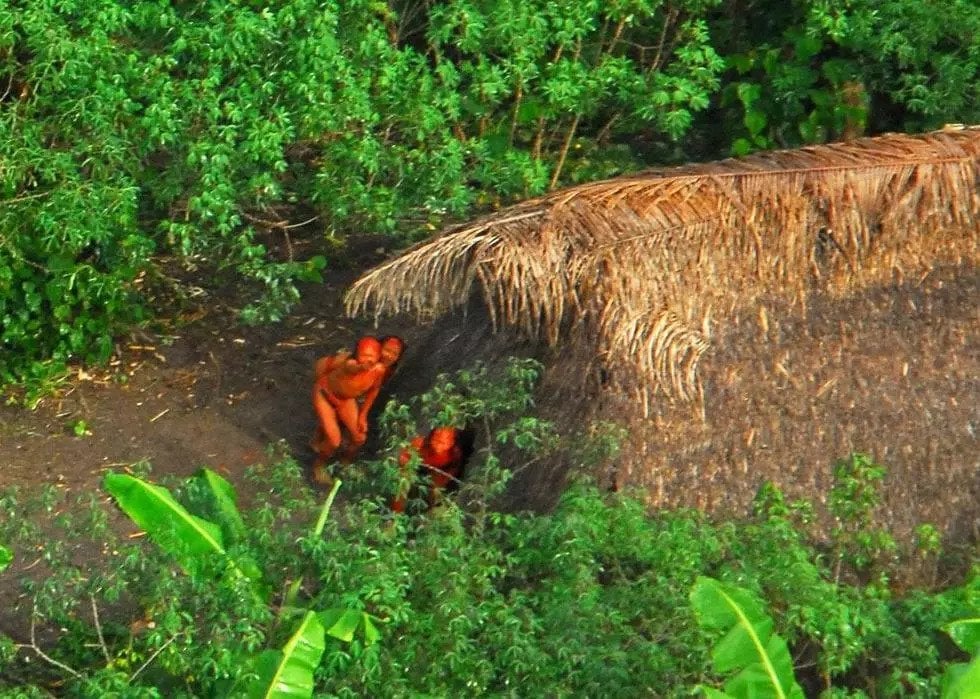
Source: Gleilson Miranda/ Governo do Acre/ Flickr
The Piripkura were contacted for the first time by Brazil’s indigenous affairs agency in the 1980s, but the group quickly retreated into the forest. There were about 20 of them during this interaction, and they all spoke the Tupi-Kawahib indigenous language. Only three tribe members have made contact with outsiders since then.
The Acre Tribes Of Brazil
In the Acre state of Brazil exist ferociously independent uncontacted groups who exhibit hostility toward outsiders. Some have even been observed shooting arrows at intruders and airplanes passing by. It’s likely that this unbridled hostility is a direct result of their lineage.
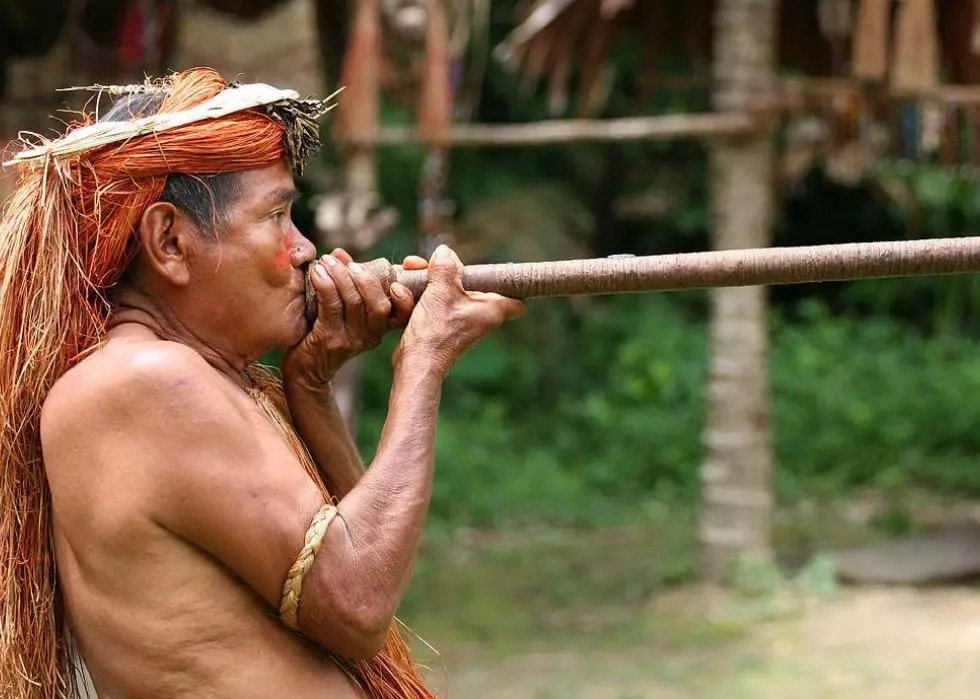
Souce: JialiangGao/ Wikimedia Commons
Its highly probable that the Acre tribes are the survivors of the brutal South American rubber boom. During this time, indigenous peoples were slaughtered or enslaved in the rubber trade and were often worked to their demise. Unfortunately, there were only some who managed to flee into the jungle to form new tribes.
Nukak Of Colombia
The Nukak are one of the 32 Colombian tribes that are at risk of becoming perilously endangered and on the near brink of extinction. In 1988, the Nukak miraculously emerged from almost becoming isolated, when about 40 of them were at the center of a media sensation. They arrived at a remote colonist town near their lands, but half of the whole tribe died of measles soon after.
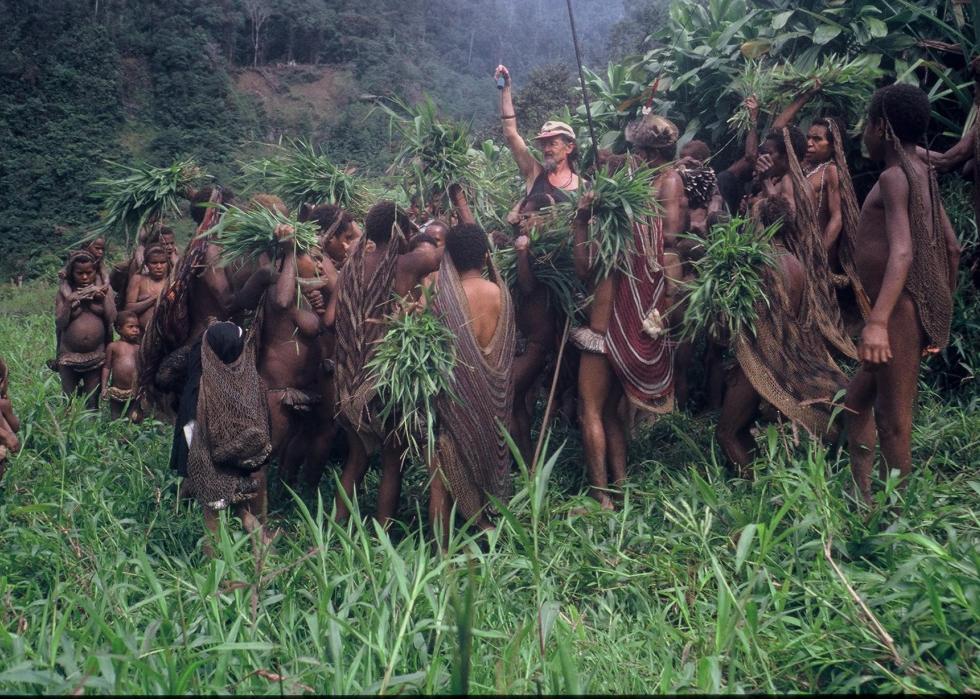
Source: Achim Steiger/ Wikimedia Commons
The remaining survivors of the Nukak still face imminent threats. They are continuously surrounded by constant encroachment from drug organizations and paramilitary groups that are participants in various Colombian armed conflicts.
West Papuan Tribes
One of the most remote and inaccessible locations on Earth is in the western half of the island of New Guinea known as West Papua, which is governed by ethnically separate Indonesia. In West Papua exists more than 300 diverse tribes, a tiny number of which are likely uncontacted.
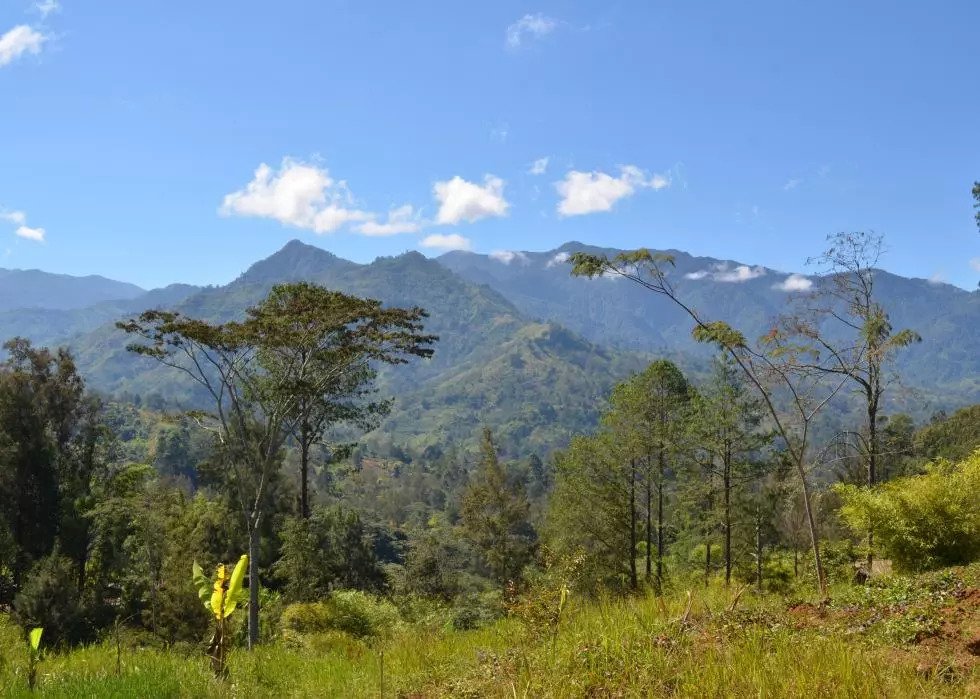
Source: eGuideTravel/ Flickr
Subjected to horrific discriminatory treatment and harassment from the Indonesian authorities, these tribespeople are often arrested and killed. These authorities not only violate the West Papuan way of life, but also assist and protect the companies that use exploitative practices to gain the vast resources of their region.
Yaifo Of Papua New Guinea
Explorer Benedict Allen disappeared for almost a month in 2017 before re-emerging from the East Sepik jungle region of the Highlands of Papua New Guinea, one of the most desolate regions on the planet. This isolated region occupies the eastern half of New Guinea’s island.
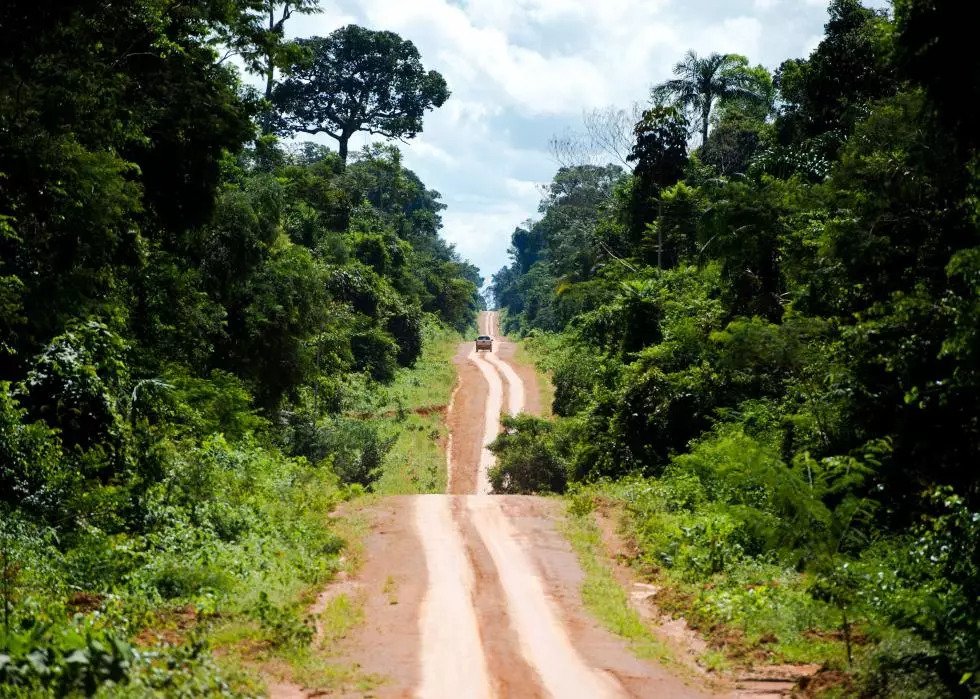
Source: Marcelo Camargo/ Agência Brasil/ Wikimedia Commons
Allen was searching for the Yaifo tribe, which has had minimal contact with outsiders. The lack of contact was so prevalent that the tribe attained a near-mythical status since they were initially discovered by Allen 30 years prior.
Kawahiva Of Brazil
Among the most endangered indigenous tribes in the Brazilian rainforest are the Kawahiva who live near the city of Colniza in Mato Grosso, close to the Rio Pardo. Their numbers were last reported to be around 50 by the government’s indigenous affairs agency.
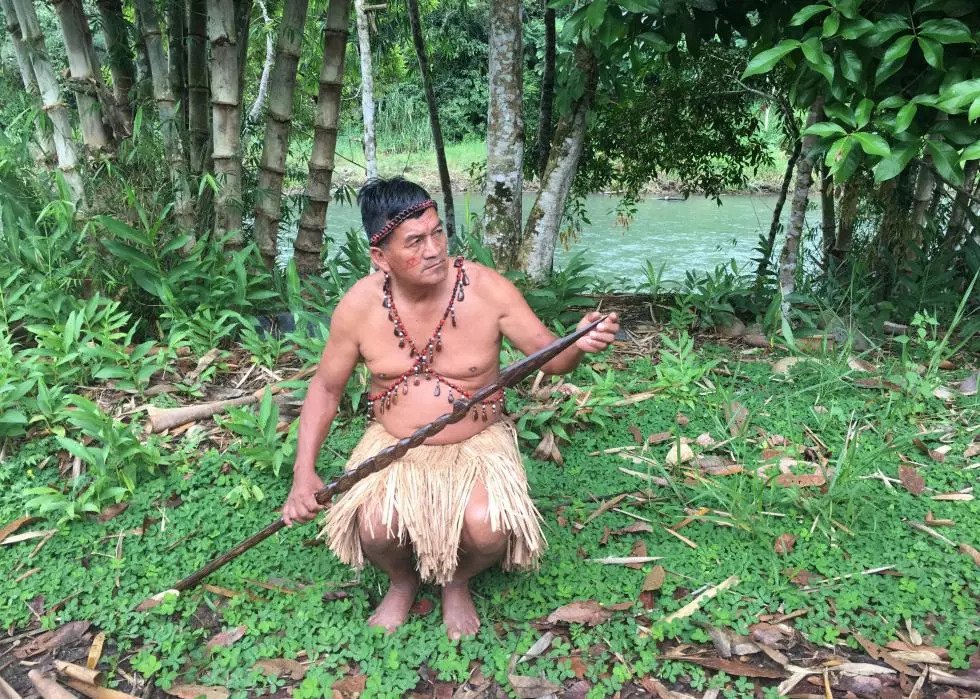
Source: Fionashek22/ Wikimedia Commons
Very little is known about their customs and lifestyles. They are believed to have stopped conceiving children because they are always in a constant fleeing from logging workers and other intruders who could pose as a threat. The tribe has been subjected to deforestation, illegal logging, and numerous genocidal attacks.
Korubo Of Brazil
One of the seven uncontacted tribes residing in the Javari valley on the border of Brazil and Peru is the Korubo. There are also seven contacted tribes, making the region one of the highest concentrated regions of isolated people on the continent. They are known for carrying large war-fighting clubs and are also called “clubber Indians.”
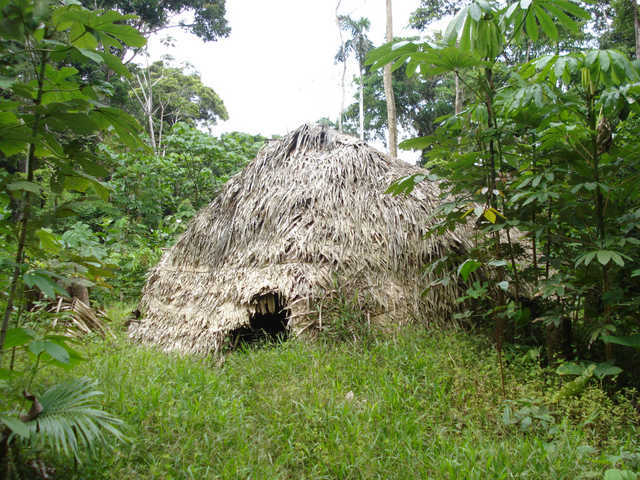
Source: Ananda Conde
A government agency made contact with around 30 Korubo in 1996. These select 30 separated from the primary group, which continues to remain uncounted and uncontacted.
Massacó Territory Tribe Of Brazil
In the Massacó Territory in the Brazilian State of Rondônia, it’s estimated that 300 uncontacted indigenous people still live there. Tortoises are believed to be a prominent part of their diet since explorers have stumbled upon mounds of empty tortoise shells.
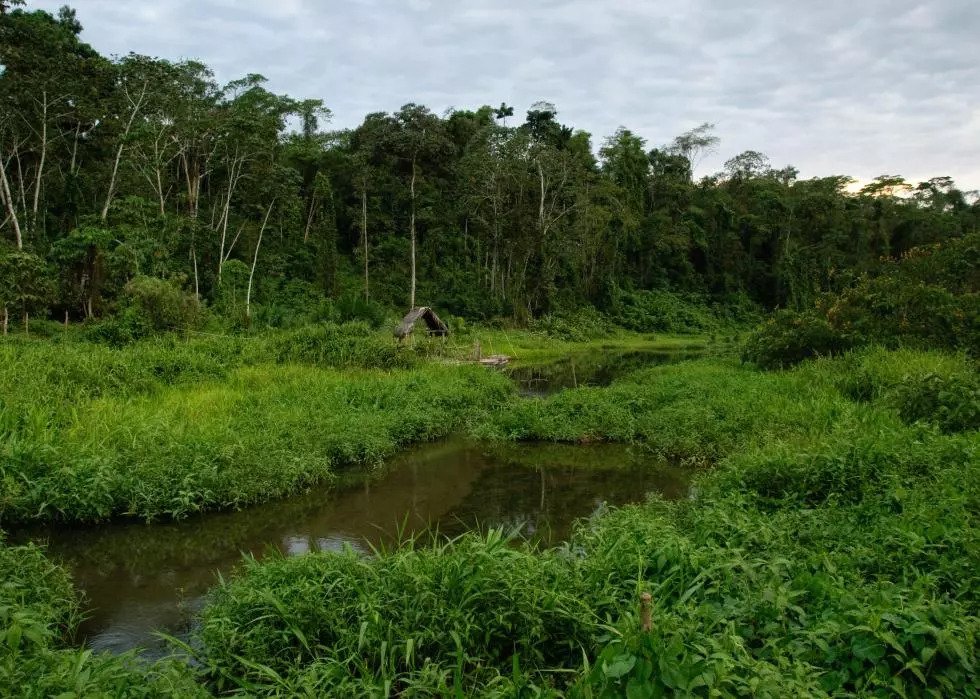
Source: Corey Spruit/ Wikimedia Commons
The tribespeople is also believed to have implemented gigantic bows and arrows into their everyday life. One bow that was found measured 13.12 feet long. There are around 115 records of indigenous groups living in isolation in the Brazilian Amazon.
Mascho-Piro Of Peru
The estimated 600-800 Mascho-Piro tribespeople of Peru have had some contact with settled indigenous people in the Amazon region for the past 40 years. Still, they have had pretty much no exposure to outsiders.
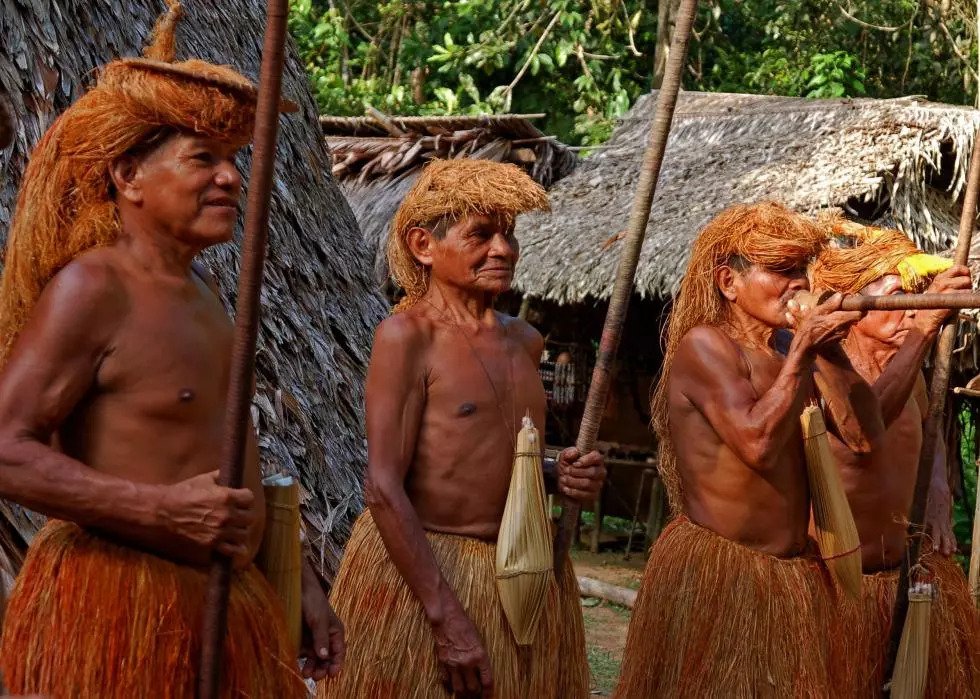
Source: Chany Crystal/ Flickr
Beginning around 2015, the Mascho-Piro people retreated from the forest to initiate contact with outsiders, despite their integral policy of voluntary isolation. This reversal, however, has sometimes been met with disaster, with many in the tribe continuing to honor the original policy of no contact with outsiders.
Peru’s Refugee Tribes
Seven sick and desperate members of an unknown and uncontacted Peruvian tribe made contact in June 2014 with a group of settled indigenous people in Brazil’s Acre region, close to the border of both countries. In that same summer, a larger number of about two dozen people from the same tribe emerged. They reported being attacked by unknown invaders.
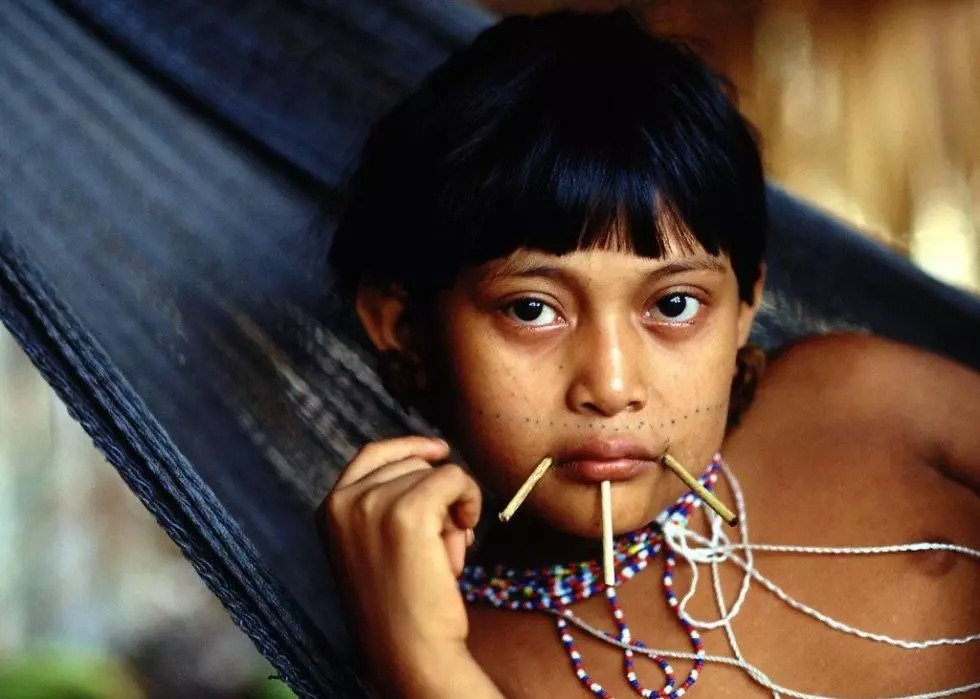
Source: Sam Valadi/ Flickr
These refugee tribes have also been threatened by the invasive logging that devastated their homes and forest. Illegal logging remains a pervasive and insidious threat that results in violent conflicts and gruesome deaths.
The Moxateteu Of Brazil And Venezuela
The Yanomami tribe is the biggest group of the 35,000-strong relatively isolated people that remain in South America. For thousands of years, they have called the lush rainforests of Brazil and Venezuela their home. But, just like all isolated people, they are also prisoners of encroachment and deforestation.
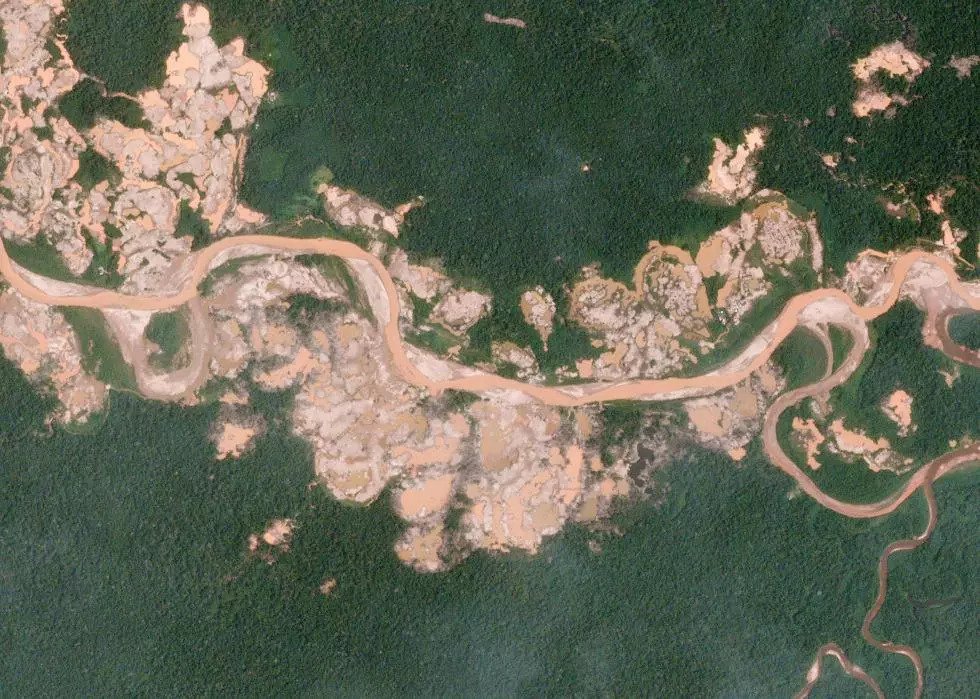
Source: Planet Labs, Inc./ Wikimedia Commons
They are highly aware of another group living in the forest called the Moxateteu. These are the uncontacted Yanomami who live in the more remote and desolate portions of the jungle.
Cacataibo Tribe Of Peru
Experts believe that the Cacataibo tribe is one of the 15 uncontacted groups that exist in Peru. They primarily reside in the Peruvian departments of Ucayali and Huanuco, near the basins of Aguaytia, San Alejandro, and Sungaraku rivers.
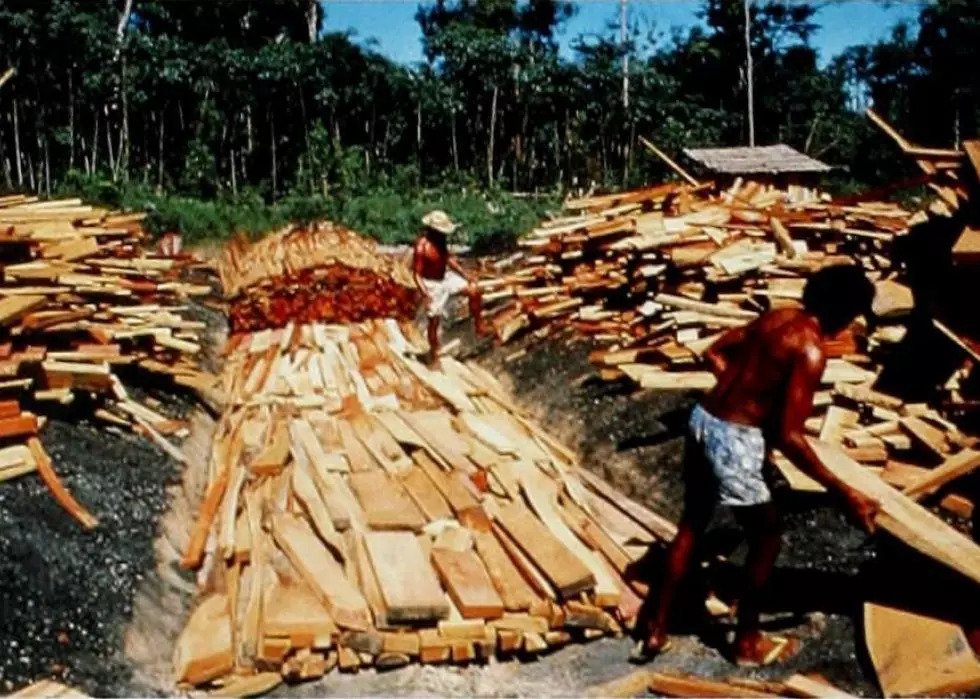
Source: Internet Archive Book/ Flickr
Despite the efforts the government has established for their protection, a large majority of the region they inhabit has been bought by oil and gas concessions. Logging and mining operations are the other threats that introduce disease into the population. Habitat destruction is a pervasive outcome of these acts.
Matsigenka Tribe Of Peru
Not a whole lot of information is known about the Matsigenka people of southeastern Peru, except that they live virtually uncontacted in the same area as the Cacataibo tribe. However, it is known that they have roamed to a small and remote enclave within their protected area.
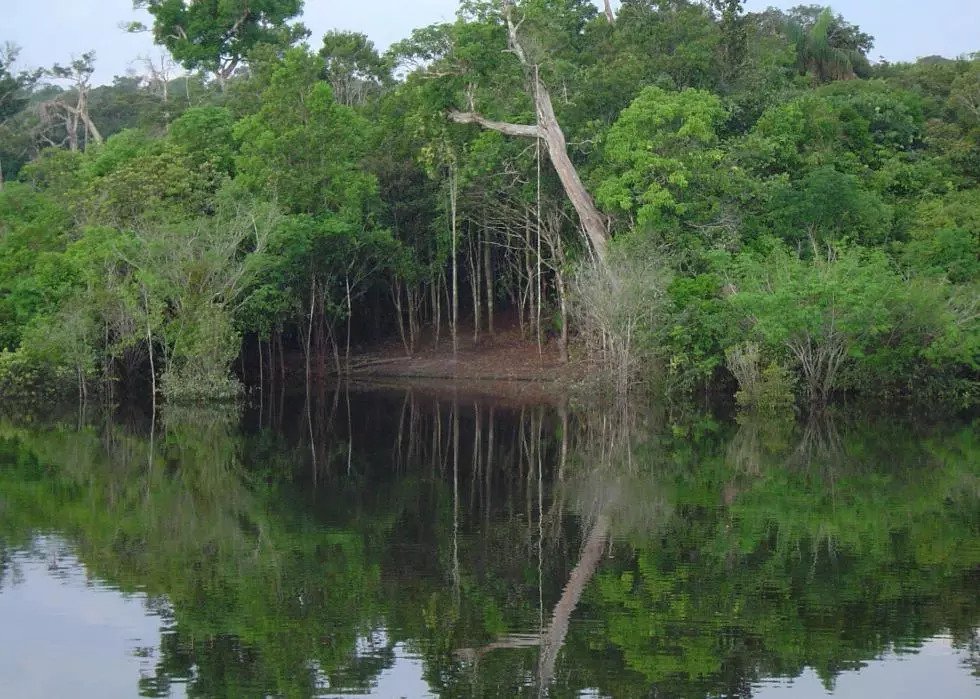
Source: James Martins/ Wikimedia Commons
Since energy and logging companies continue to pose harmful threats to their very existence, they will be on a downward trajectory toward extinction if nobody intervenes promptly to save them.
Isconahua People Of Peru
Unseen by outsiders until the 1950s, the patch of protected rainforest which remains an untouched jungle is where the Isconahua people live. The Isconahua, part of the Amazon people cluster, migrate seasonally in search of resources.
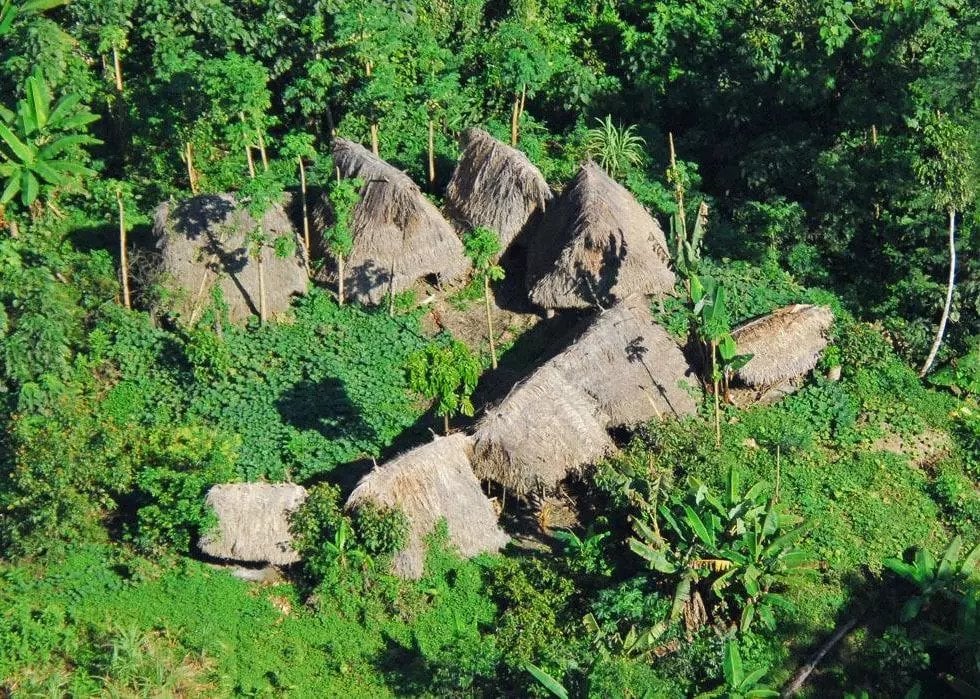
Source: Miranda/ Governo do Acre/ Wikimedia Commons
During the rainy season, they live in large houses. And, during the dry season, they migrate toward the beaches, rivers, and streams to find water and tortoises to eat. With a population of 80 people, they continue to be unengaged and unreached.
Akuntsu Of Brazil
The last four surviving members of the Akunstu tribe live in the state of Rondônia in Western Brazil. The Akuntsu merely exist by catching the little game that exists in the tiny patch of rainforest they reside on. This small part of rainforest is the last scrap of what used to be a thriving jungle that was destroyed to make room for cattle ranches.
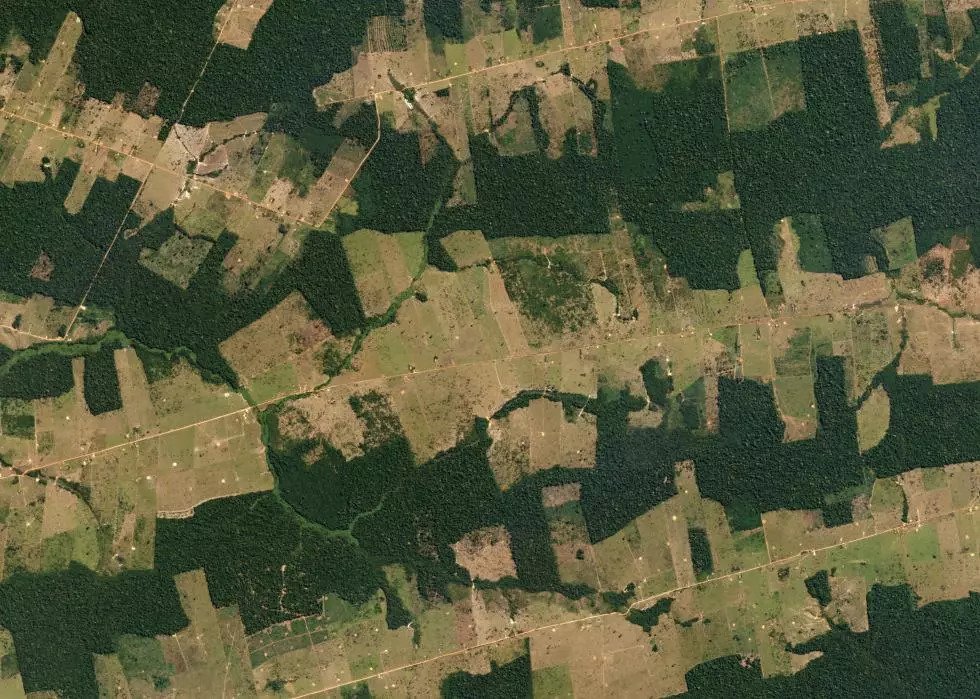
Source: Planet Labs, Inc./ Wikimedia Commons
No outsider has mastered the language of the Akuntsu. Upon learning that the survivors were taking refuge from being massacred by ranchers, loggers, miners, and other intruders for highway construction in the 1970s, the government sought to protect their land.
The Man Of The Hole
Last but not least, the most endangered and uncontacted tribe in the world is the one that belongs to the “Man of the Hole.” He is the single survivor of a massacre which made him the last member of an Amazonian rainforest tribe and is one that anthropologists don’t know much about.
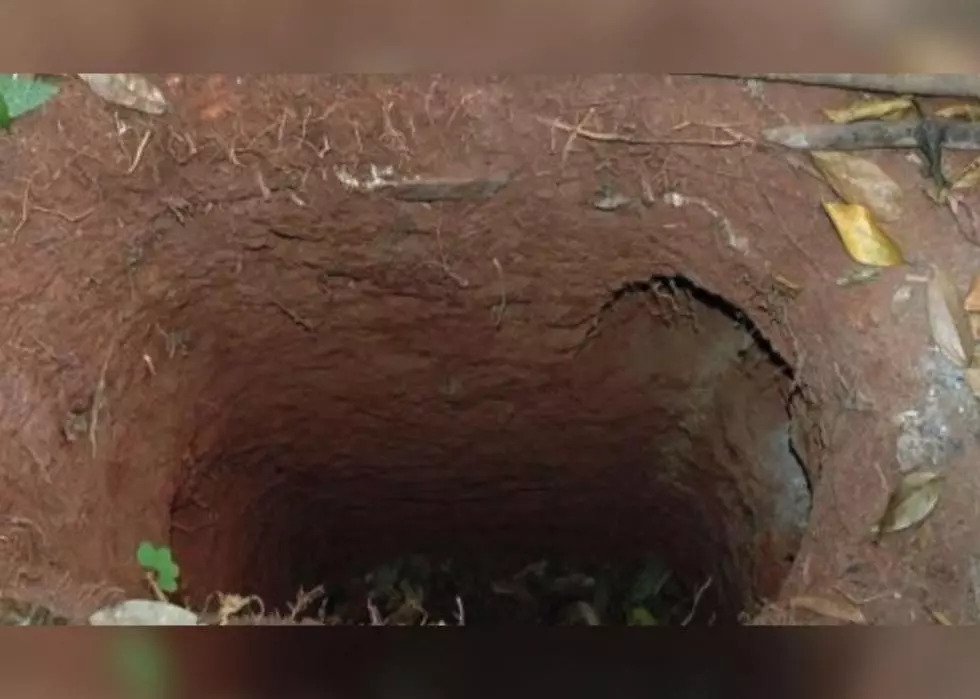
Source: YouTube
The government has set aside a protected small patch of rainforest for this man who lives completely by himself, and, not to mention, he refuses contact with anybody. He got the nickname because he digs holes to hide inside and also traps animals. His people were all killed most likely because the small patch of forest was overtaken by cattle ranchers.
